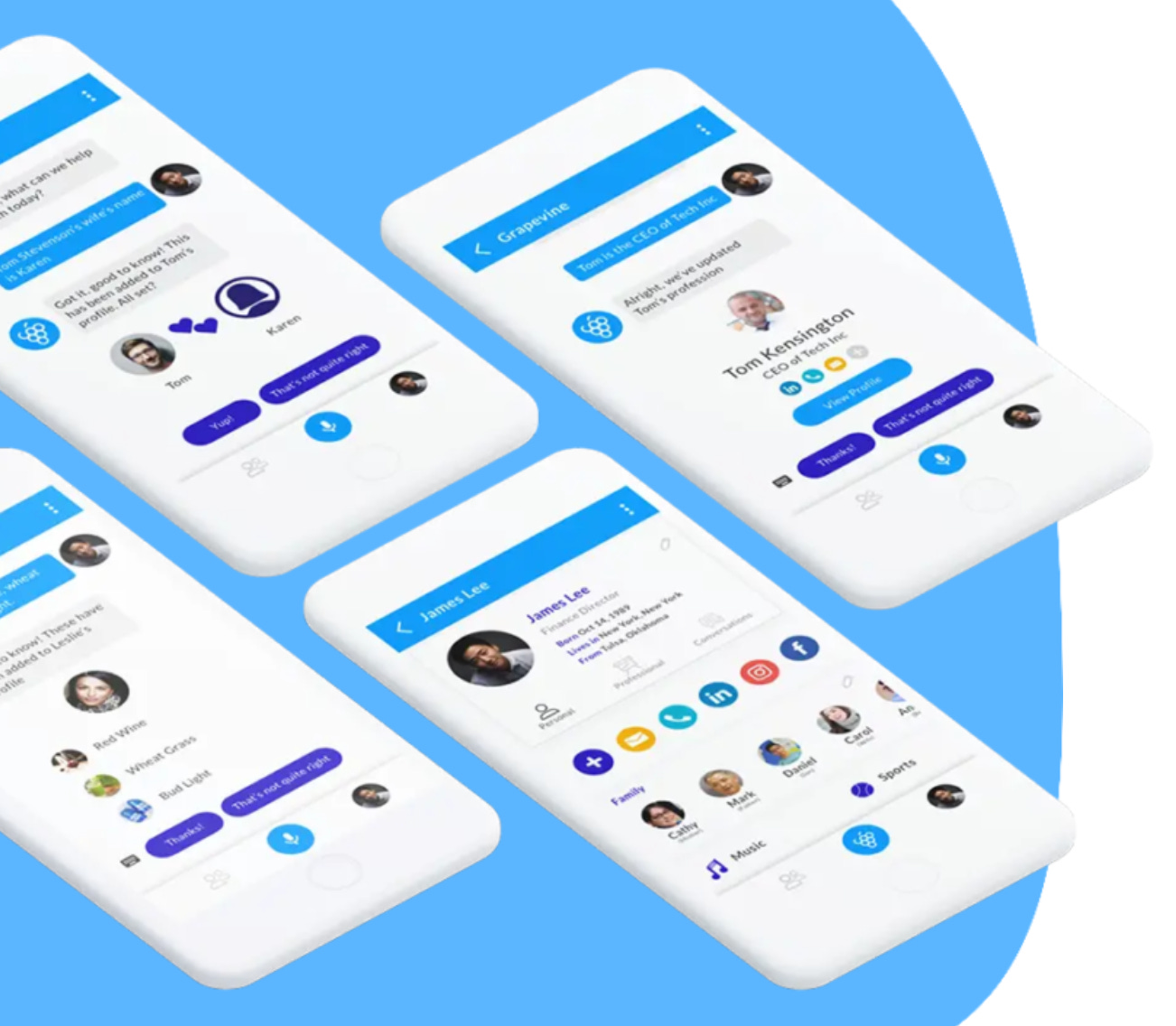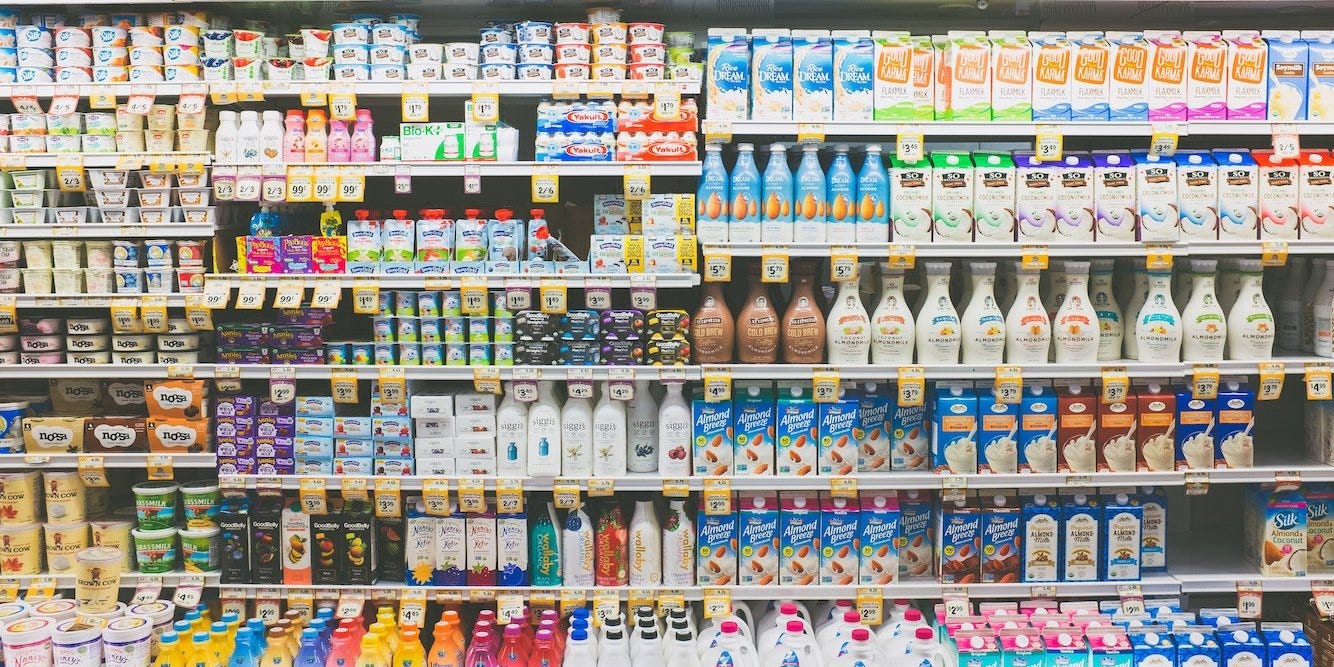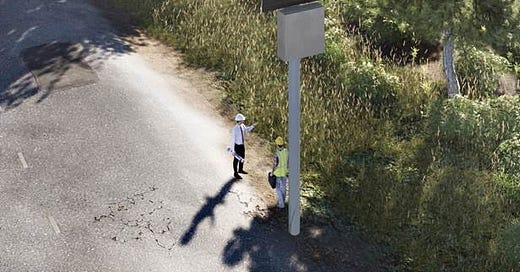Nikola Tesla was one of the truly great inventors. He is best known for inventing Alternating Current which enabled the electricity networks of today. Without him the world would be a very different place. The promise of one of his inventions was never fulfilled. That invention is the long distance wireless transmission of electricity. A New Zealand company may have finally commercialised this idea. We also look at a couple of applications of AI, a Virtual Reality application for recovering from brain injury and a new method of determining the sex of chickens.
Long Range Commercial Wireless Power Transmission
Fans of Nikola Tesla (yes the car company was named in his honor as was the truck company) will know that one of his greatest, but never fully developed inventions was wireless power transmission. In the 1890’s he managed to power a light bulb from 3 kilometers away using a 140 foot Tesla coil. The experiment burned out the dynamo at the local power plant and caused a blackout in Colorado Springs.
Surprisingly to date, no-one has since improved and commercialized this capability as a product. Emrod, a New Zealand startup has now almost achieved this feat. In conjunction with Powerco, the second largest power distributor in New Zealand, they plan to deliver an operational wireless power transmitter by October 2020.
In the 1970’s NASA showed that it could support a helicopter drone in the air, charging it via microwaves from the ground. The capability for wireless electricity transmission has been around for many years, but not the commercial viability. In the past few years advances in metamaterials technology has allowed conversion of the microwave energy back into electricity very effectively. Electromagnetic metamaterials can absorb electromagnetic radiation and turn it into heat, electricity or make it go away. The technology is essentially the stealth technology that has been used in the military to hide planes from radar.
The prototype transmitter is only a few watts and transmits over about 40 meters. The amount of power and the length of the transmission is only limited by the size of the prototype. The size of commercial antennas will depend upon the amount of energy to be transferred and the distance over which it needs to be transferred. Relay systems can also be used with essentially zero loss. All that is needed is a line of sight between the transmitter and the receiver. A 40 square meter transmitter could give a 30 kilometer range whilst sending about 10kilowatts.

Currently the transmission side of the system has approximately 70 percent efficiency (transmission over copper wires loses about 10 to 15% of the power transmitted). There is basically no loss in the rest of the system. As a new technology, this efficiency will only improve.
The systems are safe. Being point to point there is no radiation around the transmission (unlike high voltage power lines). There are no poles and wires, a laser matrix ensures that the beam only touches clean air. A low power laser safety curtain will mean a bird flying through the beam will have no effect on the power levels and the bird will be fine. The power density is low enough to feel like standing in the sun at noon. A helicopter hovering in the path of the beam would interrupt transmission. Fast switching battery backup can be used for mission critical applications like hospitals. The reduction in poles and wires reduces infrastructure and maintenance costs.
In the future this technology would be capable of sending power back to earth from a solar array in a geosynchronous position 36,000 kilometers away in space. It is likely that 5 times the energy (to the equivalent generated on earth) would be able to be harvested however for now it is easier and cheaper to build solar arrays on the ground. Space payloads are getting cheaper every year so never say never.
VR to treat Brain Injury
Neuromersiv is an Australian startup that aims to use Virtual Reality (VR) to assist with brain rehabilitation. They are currently developing a VR patient therapy that involves patients performing gamified daily living tasks using a standard consumer VR headset and a proprietary wearable device. The aim is to make therapy more fun and engaging and thus to significantly improve outcomes for those that have suffered brain injuries.

The company recently received $1 million in grant funding from the BioMedTech Horizons Fund (BMTH). Founded in 2017, Neuromersiv has established a commercial partnership with Neuromoves who operate 11 rehab centers across Australia. They have also partnered with several hospitals in India and Taiwan.
AI for Networking
Last week we spoke about an AI for helping with sales. A new AI, aims to help us with networking. A couple of years ago a friend game me the challenge of meeting 1,000 new people in a year. That is 20 a week. Quite a challenge but possible with consistent networking. The major problem however was remembering who all those people were and why I needed to know them. Grapevine.ai is a US based startup that has developed a voice activated networking assistant designed to help with this challenge.

The phone based app will record everything that you tell it and remember it for you. A purpose built AI will remind you of key details when you need them. A dashboard will allow you to manage inboxes, calendars, todo lists and social media in a Relationship Command Center.
The app is prelaunch however you can apply for access here.
AI for stocking Retail Stores
Australian startup Hivery has just raised $8 million in Series A funding to further develop their AI which assists retailers stock the products that consumers really want. If you walk into any Walmart in North America, the chances are that Hivery’s software has helped determine which products go into that store, how much space is allocated to them and how that differs from store to store across the country.
Historically this work has been done manually and was very labour intensive. For a human to plan an optimal store layout it could take 33 weeks where as Hivery can achieve the same outcome in 6 minutes.

Hivery came about following experiments stocking CocaCola vending machines in Newcastle. Since those early days they have expanded into the US and Japan.
Sex Determination in Chickens
Every year in commercial hatcheries 15 billion chicks are born. This includes 7.5 billion females that can lay eggs and 7.5 billion unwanted male chicks which have no commercial use. Throwing away half their production results in a huge waste of energy, water, incubation space and production capacity.
An Israeli startup, Soos has developed an incubation system that affects the sex development process in poultry embryos and turns genetic males into functional female chicks. The process uses a combination of temperature, humidity, CO2 levels and Sound Vibration during incubation to influence the expression of genes responsible for the development of the reproductive system.

No further changes are needed in the industrial production process meaning the system creates significant cost savings and reduction in animal cruelty.
Paying it Forward
If you have a start-up or know of a start-up that has a product ready for market please let me know. I would be happy to have a look and feature the startup in this newsletter. Also if any startups need introductions please get in touch and I will help where I can.
If you have any questions or comments please email me via my website craigcarlyon.com or comment below.
I would also appreciate it if you could forward this newsletter to anyone that you think might be interested.


